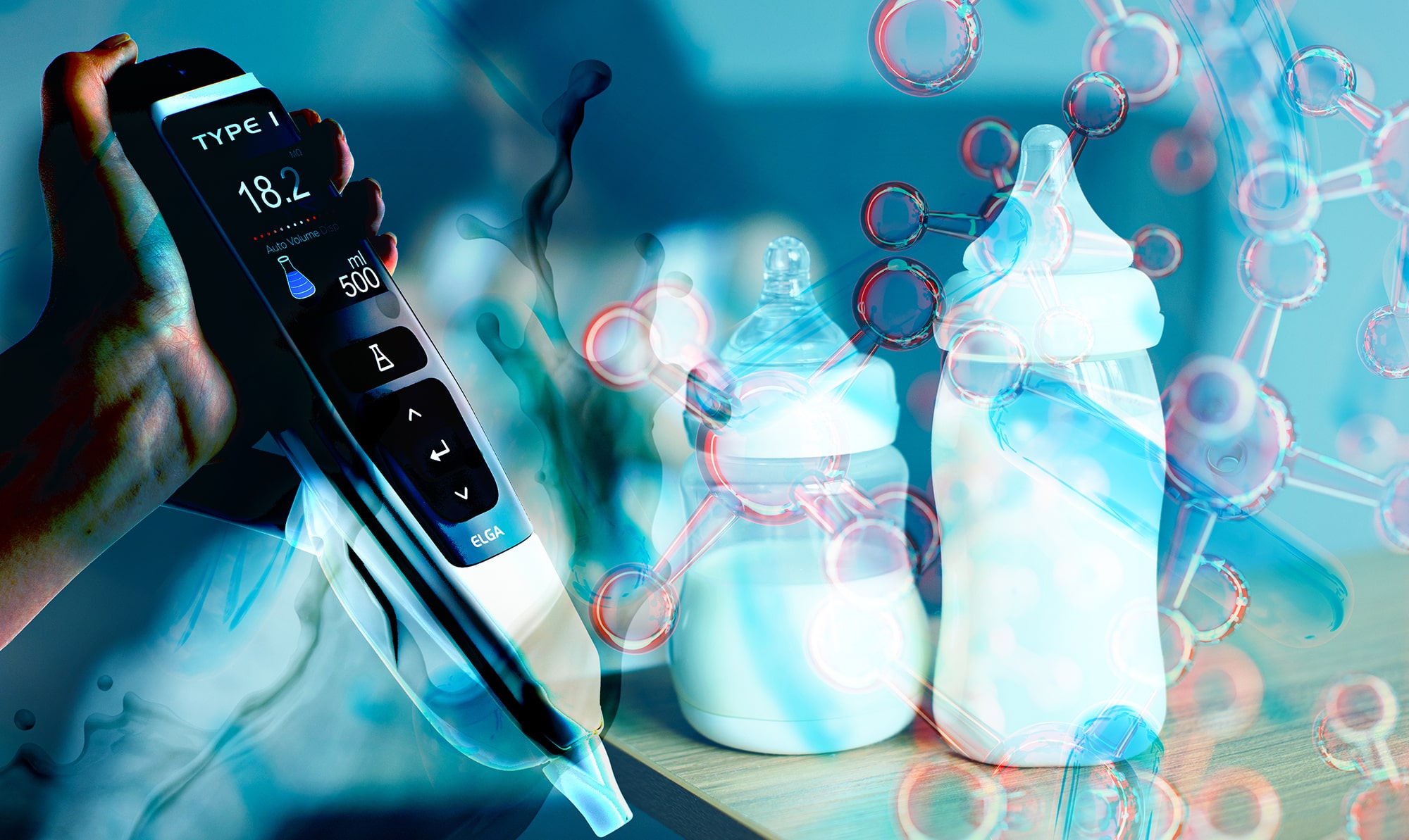Measuring indigestible sugars in breast milk
22 Sep 2022

Researchers develop an efficient, sensitive method to measure the levels of key oligosaccharides in human milk – helping to facilitate future research into their potential health benefits for babies.
Human milk oligosaccharides (HMOs) are the third most abundant solid component of human milk after lactose and lipids. A structurally diverse group of complex indigestible sugars, the concentrations and compositions of these compounds in human breast milk are reported to be closely related to various aspects of infant health.
HMOs are not broken down for energy but instead stay inside the gut where they help promote the growth of beneficial bacteria, such as Bifidobacterium, as well as blocking pathogenic organisms from attaching to the intestinal wall and causing infection.
Understanding the natural occurrence and biological role of HMOs could lead to improved infant milk formulations to extend certain health advantages that might previously be exclusive to breastfed babies.
Major classes
Human breast milk contains three major types of HMO based on their structural and chemical properties: fucosylated HMOs (35-50%), sialylated HMOs (12-14%) and non-fucosylated neutral HMOs (42%-55%).
The fucosylated HMOs are thought to help prevent infant diarrhoea while the sialylated HMOs have various suggested beneficial effects including helping to promote healthy brain development. Lacto-N-tetraose (LNT) and Lacto-N-neotetraose (LNnT), which are prominent non-fucosylated neutral HMOs, are known substrates for Bifidobacterium growth – supporting their role as prebiotics.
In a new study, published in Applied Food Research, researchers set out a sensitive, selective, robust and fast analytical method to simultaneously separate and quantify key pairs of HMOs in human milk.1
Excellent performance
The researchers applied ultra-high performance liquid chromatography (UHPLC) coupled with tandem mass spectrometry (LC-MS/MS) to resolve two pairs of neutral HMOs (2’-fucosyl lactose (2’FL) and 3-fucosyl lactose (3-FL) - and lacto-N-tetraose (LNT) and lacto-N-neotetraose (LNnT)) as well as a pair of acidic HMOs (3’-sialyl lactose (3’-SL) and 6’-sialyl lactose (6’-SL)) either by chromatographic separation or unique fragment ions (MRMs).
The team validated the method by measuring the concentration of these six HMOs in eleven real human milk samples, which (except for 2’-FL in one sample) were determined to be in the range of 2.83 ± 0.20 g/L.
The researchers used ultrapure water generated from an ELGA PURELAB® laboratory water purification system for the sample preparation stage, minimising the risk of adding potential contaminants that could affect their results.
Simple, fast and robust
This new analytical method successfully resolves similar HMO isomers either by chromatographic separation (2’-FL vs 3-FL, 3’-SL vs 6’-SL) or unique fragment ions (LNT vs LNnT). These six compounds were selected due to their high abundance in human milk – and they also represent the three main classes of HMOs.
The protocol offers several advantages including simple and fast sample preparation, short total run time, simultaneous determination of neutral and acidic HMO species – and the ability to separate and quantify structurally similar isomers.
Ultimately, this method could provide a scientific basis for the development of relevant infant foods to meet the nutritional needs of children. With the continued advancement of HMO fortification in infant formula, it also has the potential to be used as a reference for food product quality control.
Why choose ELGA LabWater
ELGA LabWater has been a trusted name in pure and ultrapure water since 1937. Our dedication to ultrapure and pure water is a guarantee that we will continue to provide the best solutions with the best service.
Reference:
- Tan, J. et al. Simultaneous determination of neutral and acidic human milk oligosaccharides (HMOs) by liquid chromatography with tandem mass spectrometry (LC-MS/MS). App Food Res 2022;2(2):100153 doi: https://doi.org/10.1016/j.afres.2022.100153
Dr Alison Halliday
After completing an undergraduate degree in Biochemistry & Genetics at Sheffield University, Alison was awarded a PhD in Human Molecular Genetics at the University of Newcastle. She carried out five years as a Senior Postdoctoral Research Fellow at UCL, investigating the genes involved in childhood obesity syndrome. Moving into science communications, she spent ten years at Cancer Research UK engaging the public about the charity’s work. She now specialises in writing about research across the life sciences, medicine and health.
